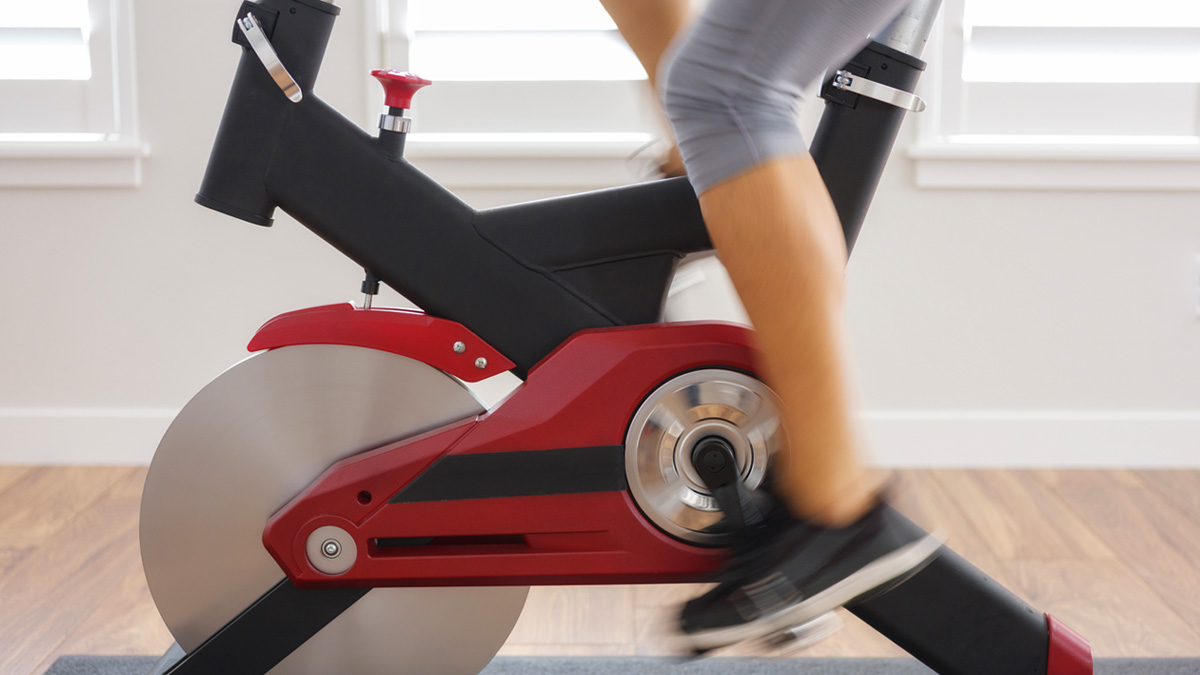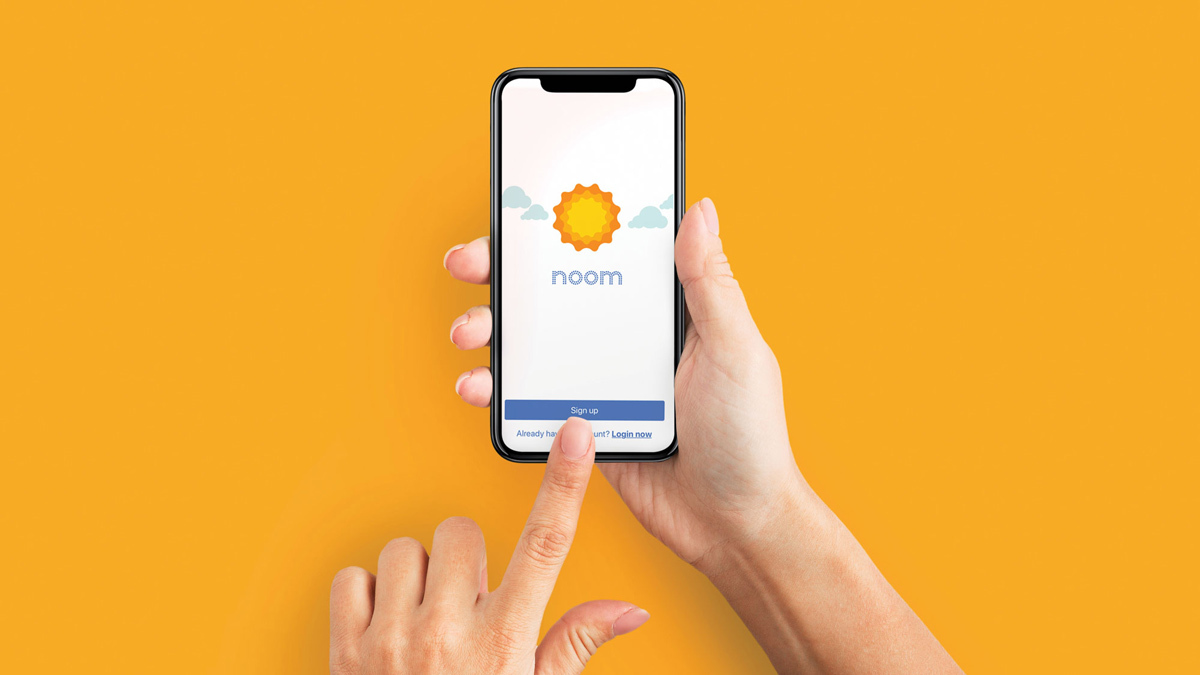How to buy the best exercise bike to workout at home
Stay on track with our expert guide to price, essential features and functions.
Last updated: 7 Feb 2017
Keeping fit can be a challenge at the best of times, but a solid, comfortable exercise bike is a great addition to your home gym and can help give you the motivation you need. Modern exercise bikes also use magnetic resistance technology rather than actual wheels so they are quiet and relatively safe and sturdy.
On this page:
How much do exercise bikes cost?
Typical home exercise bikes vary in price from around $90 for a budget no-frills model to $3000 types found in commercial gyms, with most entry-level models hovering around the $400–$1000 mark.
Typically you’ll pay more for features such as the ability to adjust resistance levels electronically, as opposed to dialling a knob, or extra programmable exercise modes.
What should I look for in a bike?
Exercise bikes all have varying designs and different degrees of adjustability, so try before you buy, if possible. See what you’re comfortable using as it may not be suitable to your height or limb length.
It also depends on the bike type and your preference. There’s the traditional upright style or the recumbent bike type, which lets you sit back as you pedal, don’t require you to hold any handlebars and are designed to put less strain on your back).
Some models don’t let you adjust the seat forwards or backwards, or they have limitations on how much they can tilt (you should have your seat level to the floor to ease back strain, but a very slight tilt of a couple of degrees may be required for comfort purposes), while others have handlebars that cannot be adjusted.
If you’re buying your exercise bike to complement your normal cycling training, you may want a model that replicates the way you sit on your regular outdoor bike in order to exercise the same muscles.
But if you’re using it for general exercise, the seat height is the most important factor from a fitness perspective. Your knee should be very slightly bent after the knee is fully extended (around 25 degrees off straight). The handlebars, meanwhile, are more of a comfort consideration – they should have good grip and ideally be adjustable.
Seat and pedal guide
The seat should be well cushioned. You can sometimes add gel covers to bulk up a seat, but it’s best to use the original seat your machine comes with. Also the size of the seat may be a consideration if you’re used to spin classes or fast cycling as some of them are far wider than a usual bicycle.
Some exercise bikes come with clips for hardcore trainers, but most will have normal pedals – try them out first to make sure you don’t need wider ones as some can be too skinny and they’re a pain to change after buying.
Is a cycle trainer a good replacement for an indoor bike?
If no exercise bikes are suitable and you’re a regular cyclist, you might want to look at getting a cycle trainer that you can attach your current bicycle to. These tend to be much smaller and less expensive than an indoor bike. They’re small enough to be disconnected and stored away when the weather is worth getting outdoors for, and bringing out when it’s raining but you’re in the mood for a cycle.
How easy are exercise bikes to use?
You should be able to clearly see the LCD screen from where you’re sitting – this is where you’ll see a summary of how your workout is going. You should also be able to adjust the resistance easily (if it’s a manual mode and requires turning a knob).
How do I monitor my exercise?
Mid-priced exercise bikes normally come with a number of pre-programmed routines that you can follow, and many come with the ability to manually program your routine. The way this happens varies from bike to bike but generally your exercise can be tracked using:
- Watts: Theoretically a more accurate way of measuring power output than others. By entering a desired watts target (such as 120 watts) the bike will adjust the pedal resistance as you go to keep the watts output constant
- Calories: How many calories you want to burn during your workout
- RPM: Rotations per minute
- Time: Duration of workout
- Cardio/heart rate control: Set a target pulse based on what’s a suitable workout for your age
- Distance
- Recovery mode: After your workout this assesses how fit you are based on how well your heart rate recovers.
If more than one person will be using the exercise bike, then you may want a model that lets you set up different user profiles to track individuals’ progress. Bikes will run off mains power but some also have a battery backup within the console to save settings.
If you’ll be spending a lot of time on your bike you may want features such as:
- Wireless heart rate receiver that attaches to your chest (sometimes an optional extra)
- Drink holder
- Tablet/mobile holder
- USB charger
- Portable music device compatibility
- Body fat measurements
- Fan
- Wireless (usually Bluetooth) compatibility with an fitness app (some models only)
Delivery costs
Although many exercise bikes can be ordered online, we found that delivery costs from some retailers can be steep (up to $200) so it’s best to buy these in store and transport them home yourself, or try to negotiate a better delivery deal in store. Lugging an exercise bike home is easier said than done, however: despite their relative portability once assembled (most come with wheels so you can take it from room to room), the boxes they come in are bulky, and they weigh at least 30kg (one exercise bike we tested tipped the scales at nearly 54kg).
Related
Kim Gilmour is a Senior project officer. She manages a range of product tests such as coffee machines, stick vacuums, bassinets, high chairs and ovens, which are all tested in our in-house labs.
Kim’s work gives people access to robust, independent advice and helps consumers make informed decisions about their purchases. Her work also helps to keep manufacturers in check, by regularly exposing product flaws which can result in better and safer products.
Prior to CHOICE, Kim spent 16 years working as a technology journalist in Sydney and London. With several years as a senior researcher/writer at our UK sister organisation, Which?
Kim has authored how-to technology books such as Spotify for Dummies and Digital Photography for the Older and Wiser.
Kim has a Bachelor of Arts in Communication (Journalism) from Charles Sturt University. LinkedIn
Kim Gilmour is a Senior project officer. She manages a range of product tests such as coffee machines, stick vacuums, bassinets, high chairs and ovens, which are all tested in our in-house labs.
Kim’s work gives people access to robust, independent advice and helps consumers make informed decisions about their purchases. Her work also helps to keep manufacturers in check, by regularly exposing product flaws which can result in better and safer products.
Prior to CHOICE, Kim spent 16 years working as a technology journalist in Sydney and London. With several years as a senior researcher/writer at our UK sister organisation, Which?
Kim has authored how-to technology books such as Spotify for Dummies and Digital Photography for the Older and Wiser.
Kim has a Bachelor of Arts in Communication (Journalism) from Charles Sturt University. LinkedIn



